What is Shrove Tuesday & Where is it Celebrated?
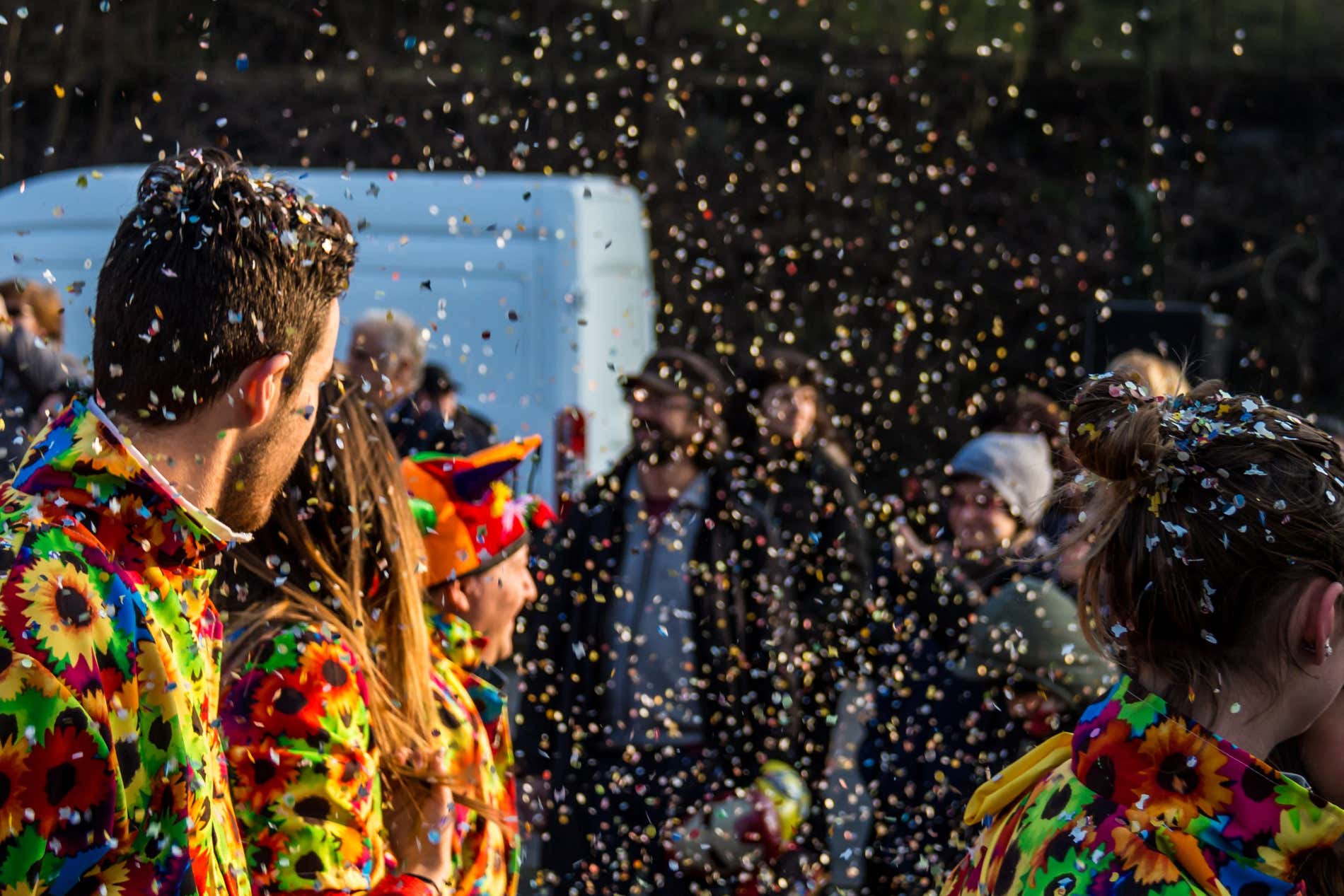
At Civitatis, we love a good reason to celebrate with sweet treats. Shrove Tuesday, also known as Pancake Tuesday or Pancake Day is perhaps the most acceptable time of year to indulge in your favorite sweet treats… but do you know why? In this article, we’re going to discuss the tradition of Shrove Tuesday, going through its history and significance, and then we’re going to take a look at how it is celebrated around the world. What is Shrove Tuesday? Let’s find out!
Your Guide to Shrove Tuesday
Shrove Tuesday: What You Need to Know
Shrove Tuesday is a Christian festival celebrated all over the world, falling on the Tuesday before the beginning of Lent—the 6-week period before Easter during which Christians traditionally pray, give to charity, and fast, or give up their favorite treats. So Shrove Tuesday is a time to enjoy your favorite treats.
Why is it called ‘Shrove Tuesday’?
Historically, Shrove Tuesday was a time for Anglo-Christians to confess or ‘shrive’ their sins before the beginning of Lent.
When is Shrove Tuesday this year?
In 2025, Shrove Tuesday is on March 4th, 2025.
Is Shrove Tuesday the same as Pancake Day/Pancake Tuesday and Mardi Gras?
Yes! The pancake was crafted with the last eggs, butter, and sugar before the fast, leading to some countries referring to it as Pancake Day/Pancake Tuesday.
Why is it called Mardi Gras?
Mardi Gras comes from the French for ‘Fat Tuesday’. It is referred to as such because it is the last chance before the fast to enjoy fatty, rich foods. While many Christians no longer fast, the tradition of eating rich food on this day has persisted!
1. United Kingdom, Ireland, Australia & Canada
Affectionately known as ‘Pancake Day’ in the UK, the day before Ash Wednesday is full of rich, buttery, flaky goodness. Get your frying pans and spatulas ready! People will spend the day making and eating pancakes, which is a Shrove Tuesday tradition we can get behind.
Many Christians nowadays still observe a fast or give up something during Lent. However, eating pancakes in the UK is no longer considered a religious tradition. People across the country spend the day making tasty pancakes for this holiday. As an added bonus, they often top them with sweet treats! Such as Nutella, jam, fruit, honey, lemon, and sugar are some old favorites!
This tradition is also carried out in the English-speaking countries of Ireland, Australia, and Canada. So you can whip up a pancake wherever you are!

2. Iceland
In Iceland, Shrove Tuesday is celebrated through traditions that center around food as well. The day before Shrove Tuesday is called bollugadur, which translates to ‘Bun Day.’ Icelandic people enjoy buns with cream and jam while children can get a stick, bolluvöndur, to ask for more treats! Shrove Tuesday itself is called sprengidagur, which means ‘Bursting Day.’ Here, you’re meant to indulge in salted lamb with pea soup until you’ve had your fill!

3. Poland
Get ready to eat if you’re in Poland! Tłusty Czwartek is celebrated on the last Thursday before Lent in Poland and is also seen as the final day to eat lots of sugary food and drink alcohol before Lent begins.
You’ll definitely want to try some faworki (‘angel wings’) if you’re in Poland! These tasty treats are made from crisps of pastry that have been fried and then dusted with powdered sugar. In addition, you should also eat at least one pączki if you want to ward off bad luck for a year! These scrumptious doughnuts are often filled with rose-flavored jam, chocolate, or custard and can bring you luck in the year to come! If you’re visiting the city and want an insight into Polish cuisine, check out these food tours with Civitatis!
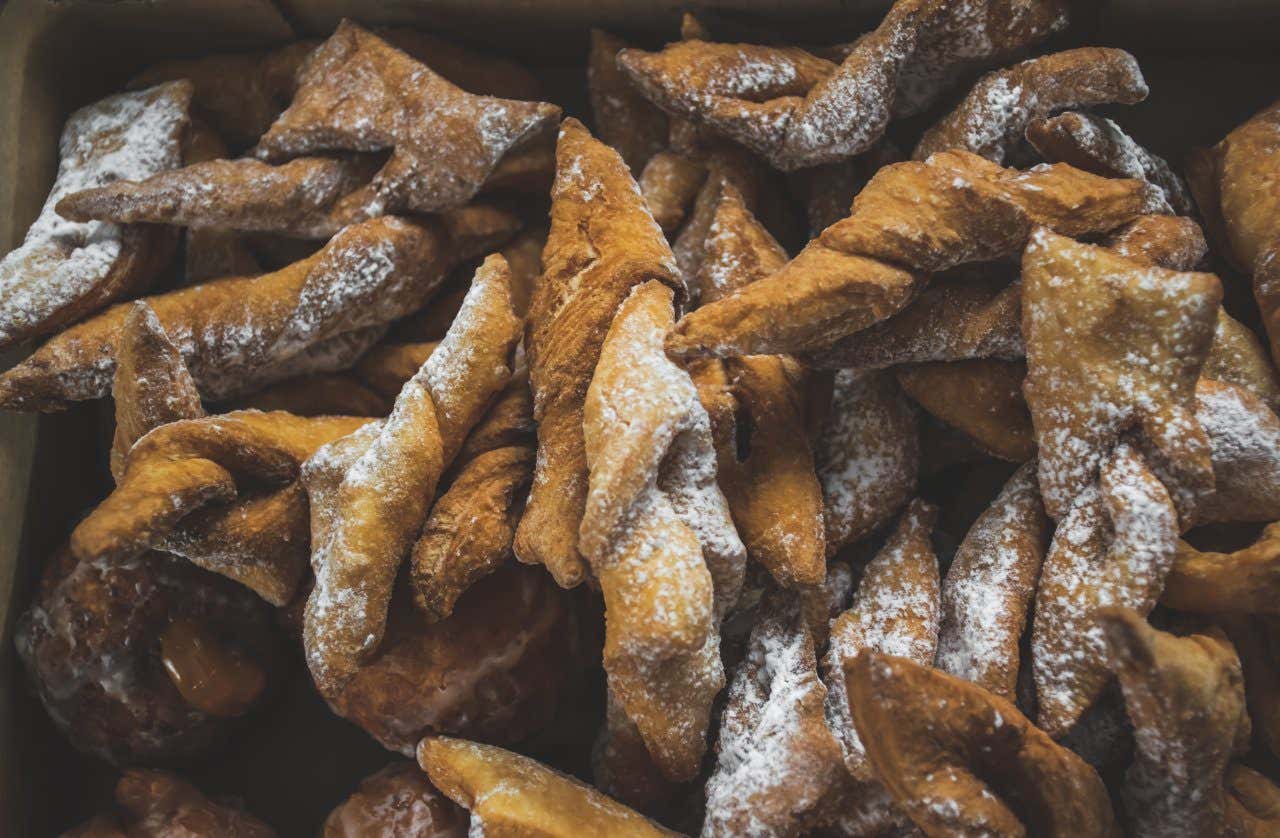
4. Denmark
Another one of our favorite Shrove Tuesday traditions is in Denmark, where the Danes celebrate fastelavn. This festivity refers to the 3 days that fall before Lent, during which people used to eat lots of unhealthy food before fasting for Lent. One of these treats is fastelavnsboller, which are sweet buns with a filling of custard cream. Children in Demark also get to swing bats at a paper cat on top of a barrel that’s filled with sweets. Eventually, the barrel will break and there’ll be sweets for everyone!
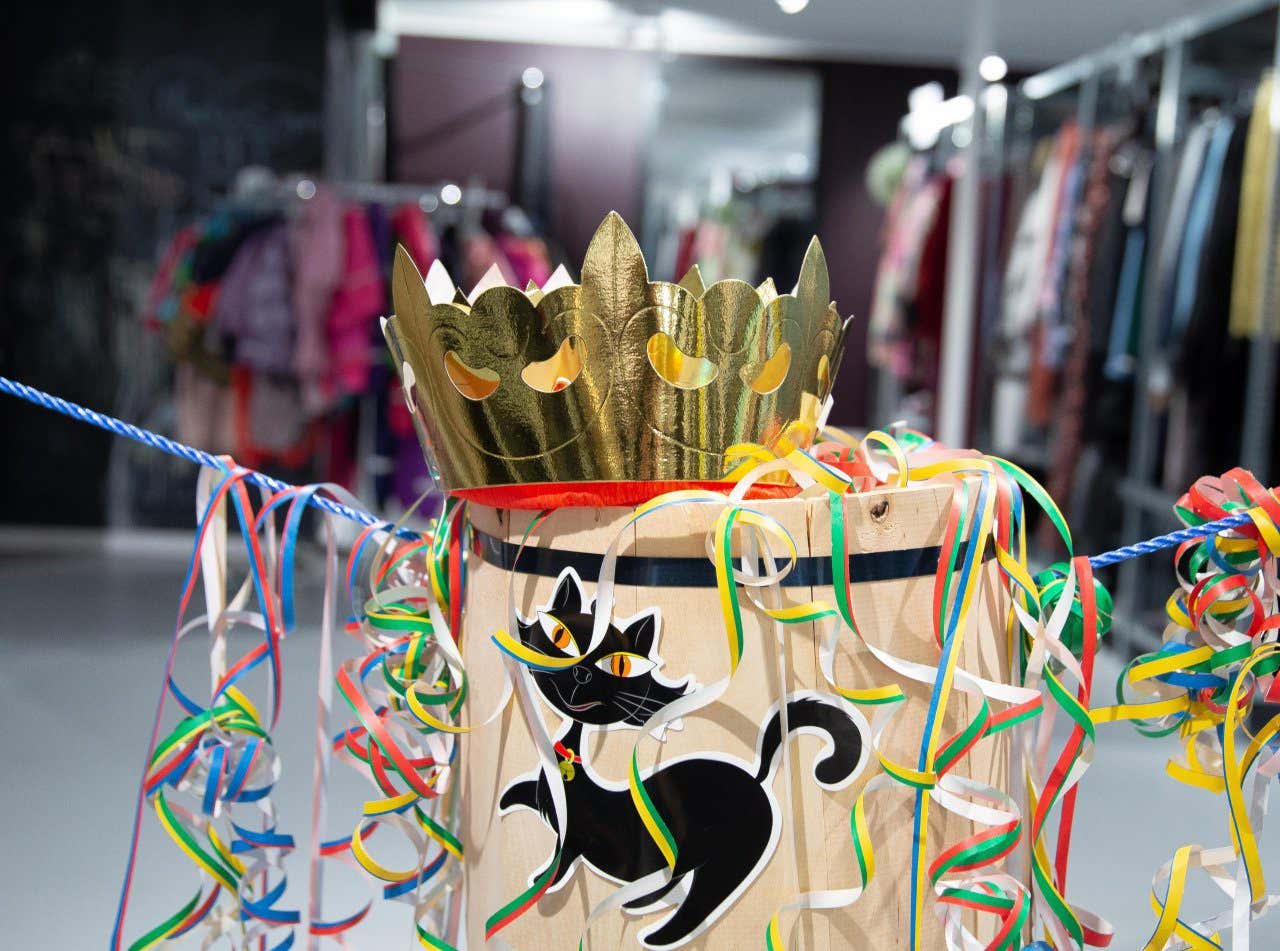
5. Lithuania
In Lithuania, a mock battle is staged between a character that represents winter (Lašininis) and one that represents spring (Kanapinis). As Shrove Tuesday coincides with the beginning of spring, this period is also a time to say goodbye to winter and welcome the warmer and lighter months ahead. During Užgavėnės, which is the night of Shrove Tuesday, an effigy called the Morė may also be burnt to symbolize the end of winter.

6. France
In France, Shrove Tuesday is known as ‘Mardi Gras‘ or ‘Fat Tuesday’. This day also centers around eating, with lots of people in France tucking into crêpes, waffles, and beignets. Carnivals also take place in lots of French cities, with people wearing costumes and watching parades as they go down the street. The country’s biggest carnival is in Nice, where the festivities last for 2 weeks and include parades in the day and at night, as well as a flower parade, filling the city with Shrove Tuesday celebrations.
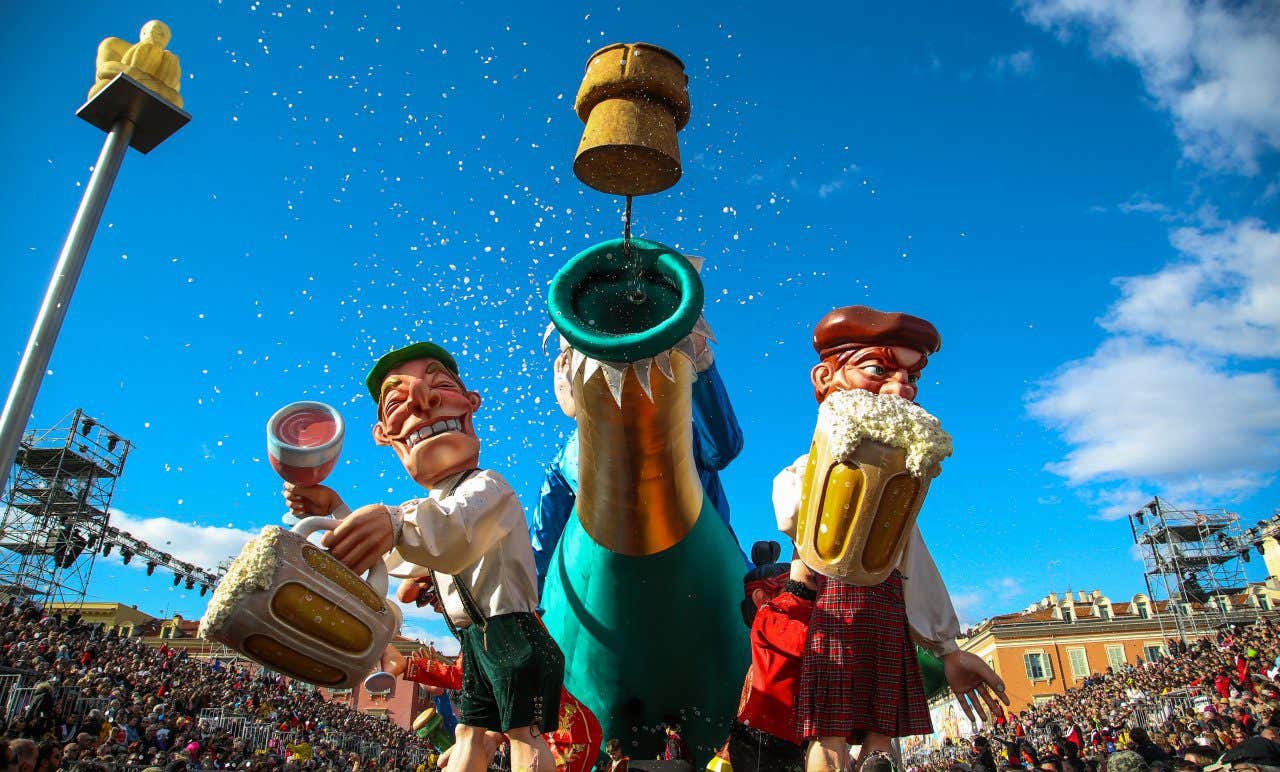
7. New Orleans, US
Mardi Gras is also celebrated in style in the US, especially in New Orleans in the state of Louisiana. This historic city sees 2 weeks of celebrations that kick off before and on Shrove Tuesday. Social clubs called ‘krewes’ organize the festivities and different floats where people toss throws into the crowd. These throws are usually strings of colored beads or throw cups.
If you’re in New Orleans at this time of year, you’ll also see lots of purple, green, and gold, as these are the colors that define the Mardi Gras celebrations. If you’re here at a different time of year but still want to learn more about the tradition, grab a ticket to Mardi Gras World—a theme park dedicated to the famous holiday, that is open year-round.
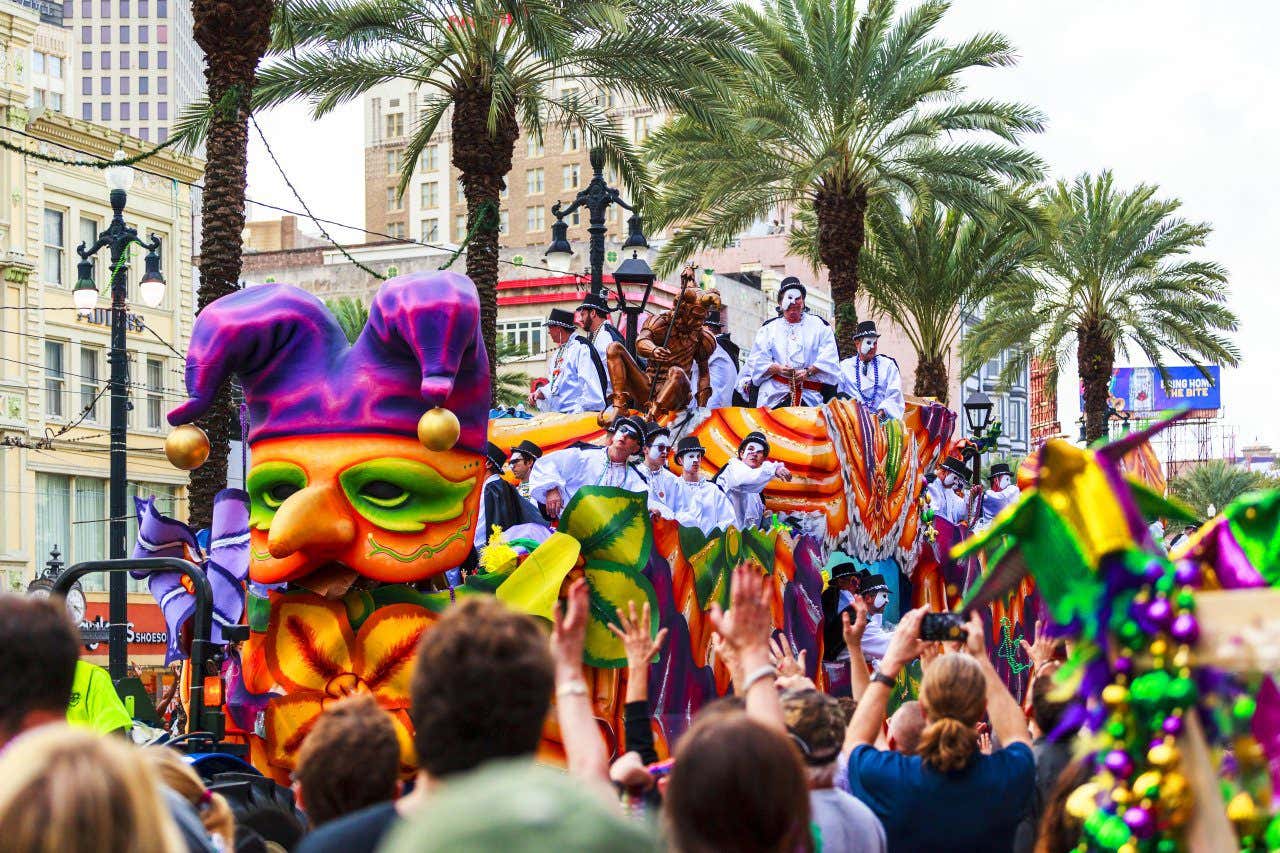
8. Italy
While some countries spend the day eating delicious treats before Lent begins, other countries celebrate the day with spectacular and lively carnivals. One of the world’s most famous carnivals is the Carnival of Venice in Italy. This carnival finishes on Shrove Tuesday and sees participants wearing beautiful, intricate masks.
This fun Shrove Tuesday tradition began after the Venetian Republic defeated the Patriarch of Aquileia in 1162 and the Venetians danced in San Marco Square to celebrate. This became official during the Renaissance and grew enough to achieve world fame in the 18th century. While the carnival and its enchanting masks were outlawed in 1797 by Francis II, the Italian government brought the tradition back in 1979. Today, the carnival receives 3 million visitors a year and includes a contest for la maschera più bella (‘the most beautiful mask’).
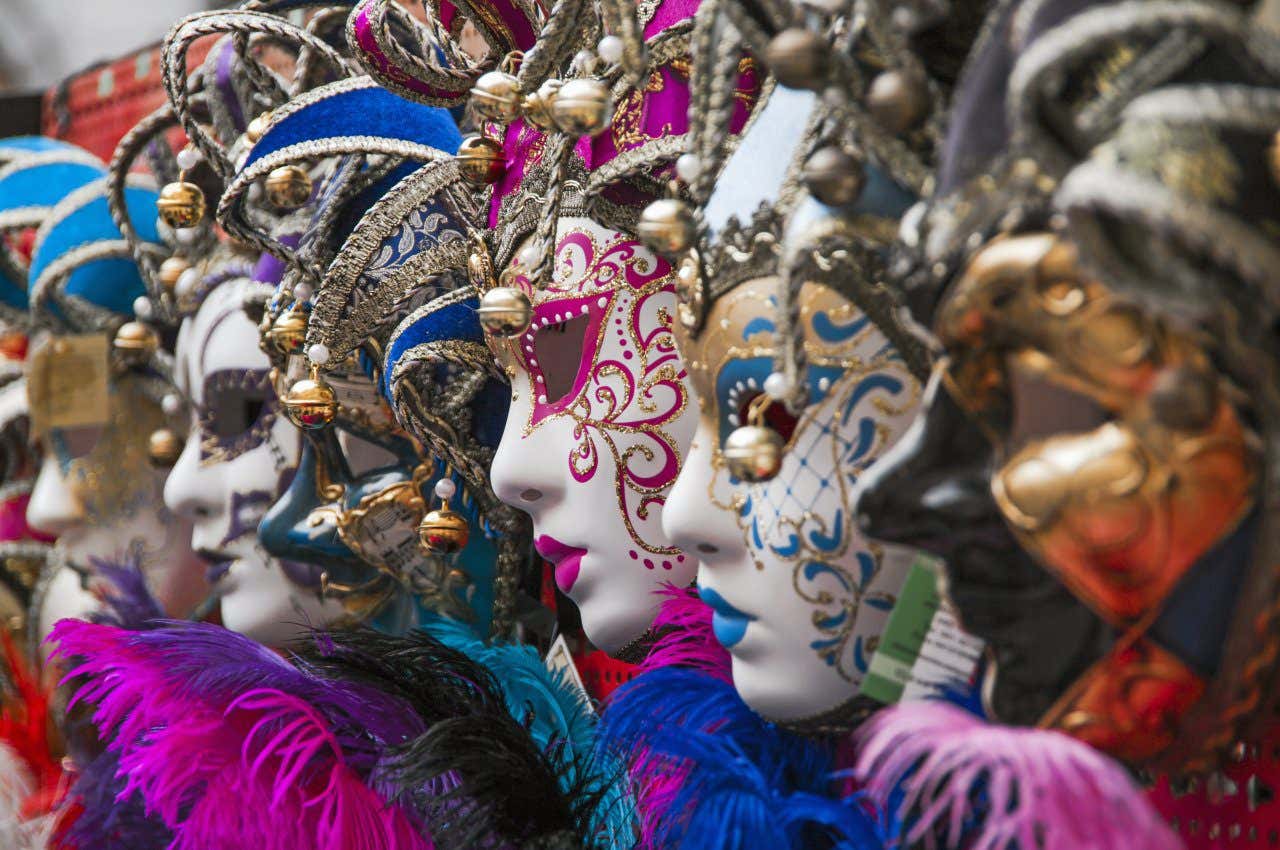
9. Brazil
Brazil is also well-known for its incredible carnivals. During the few days before Lent, vibrant and exciting carnivals take place in many Brazilian cities. Every year, 50,000 visitors from all over the world flock to Rio de Janeiro to see the carnival and samba parades. Samba schools spend all year preparing to showcase their parade in the Sambodromo, which was built especially for this. If you’re visiting Sao Paulo, you’ll want to head to the Anhembi Sambadrome where the city’s samba schools showcase a theme of their choosing.
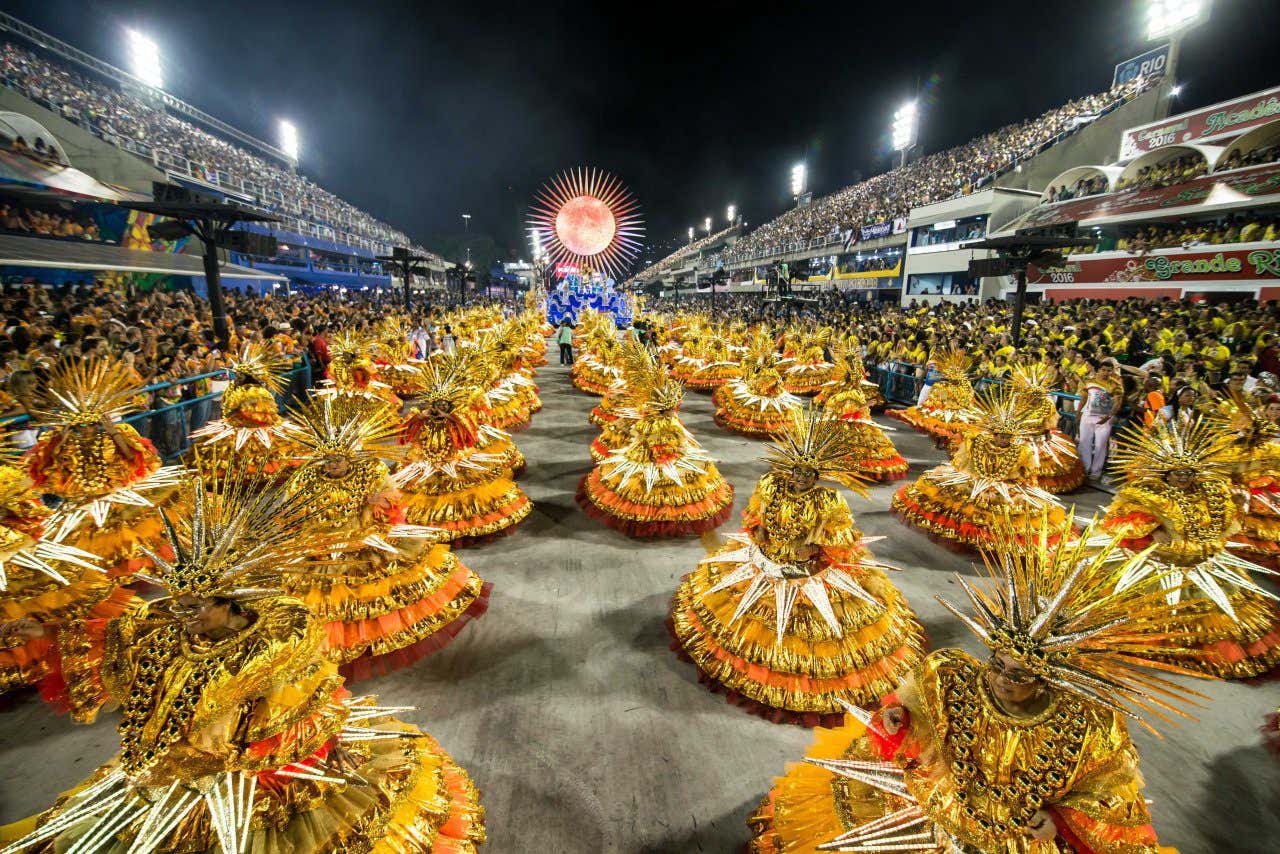
10. Spain
Spain is also known for putting on a good carnival celebration! If you’re ever near Cadiz in Andalusia at this time of year you’ll have to check out the carnival, which features lots of music, parodies, and satirical songs. Another sunny spot with a great carnival is Santa Cruz de Tenerife, where the carnival and its different pageants have been declared an event of International Tourist Interest.
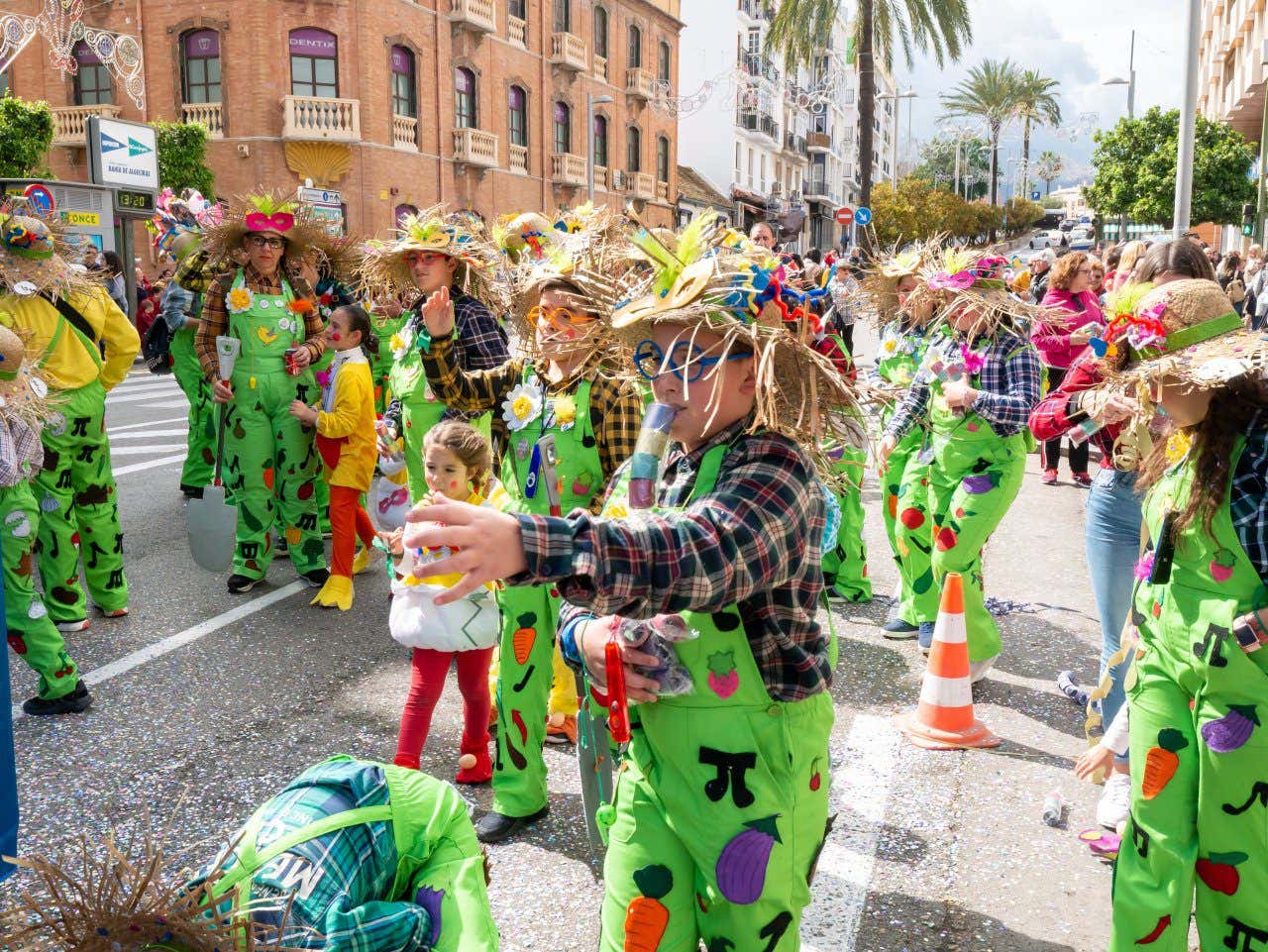
There you have it! Shrove Tuesday is a great tradition, especially for those of us with a sweet tooth. If you were wondering what exactly this day is all about… now you know! If you’re looking for ways to fill your travel itinerary, check out tours & activities with Civitatis. Enjoy the celebrations







